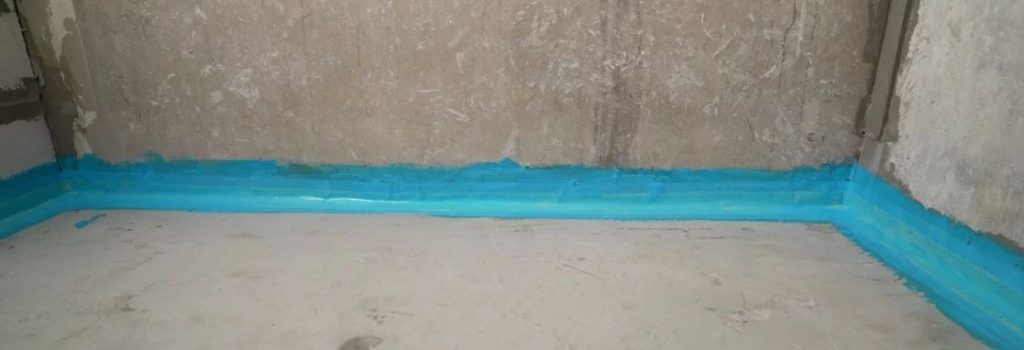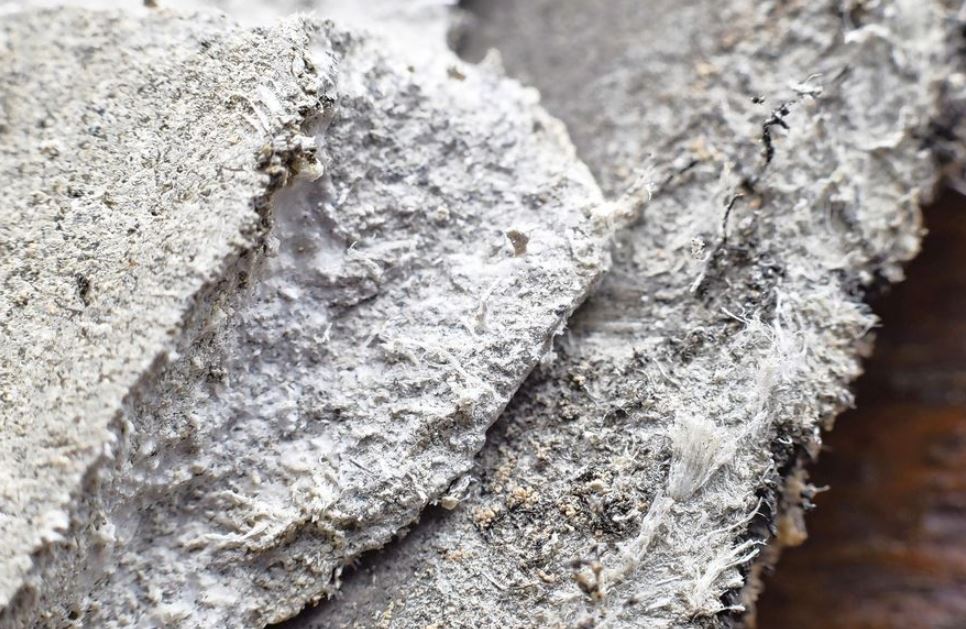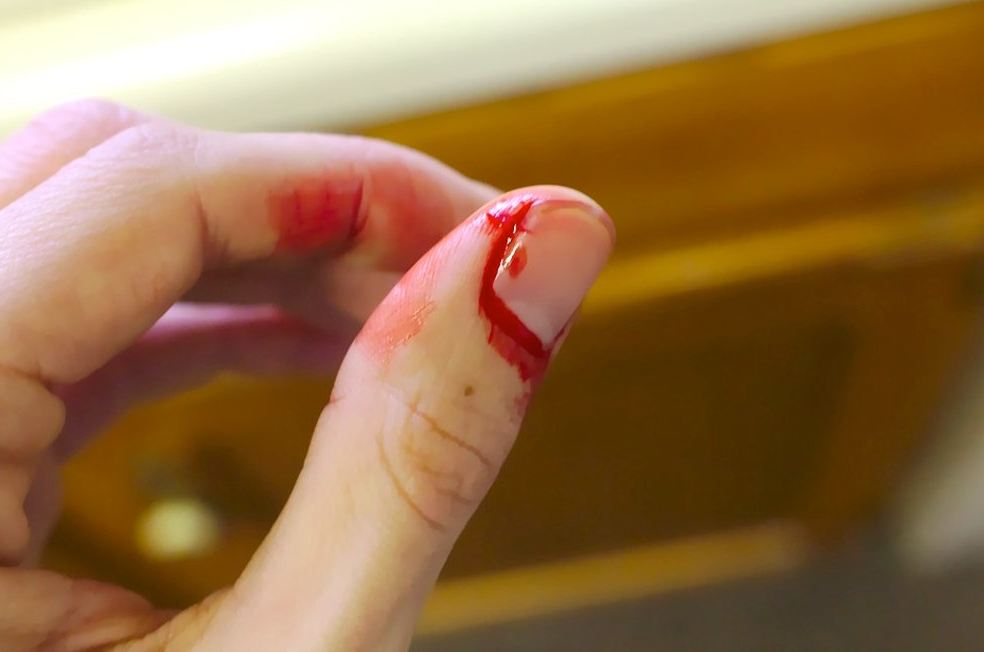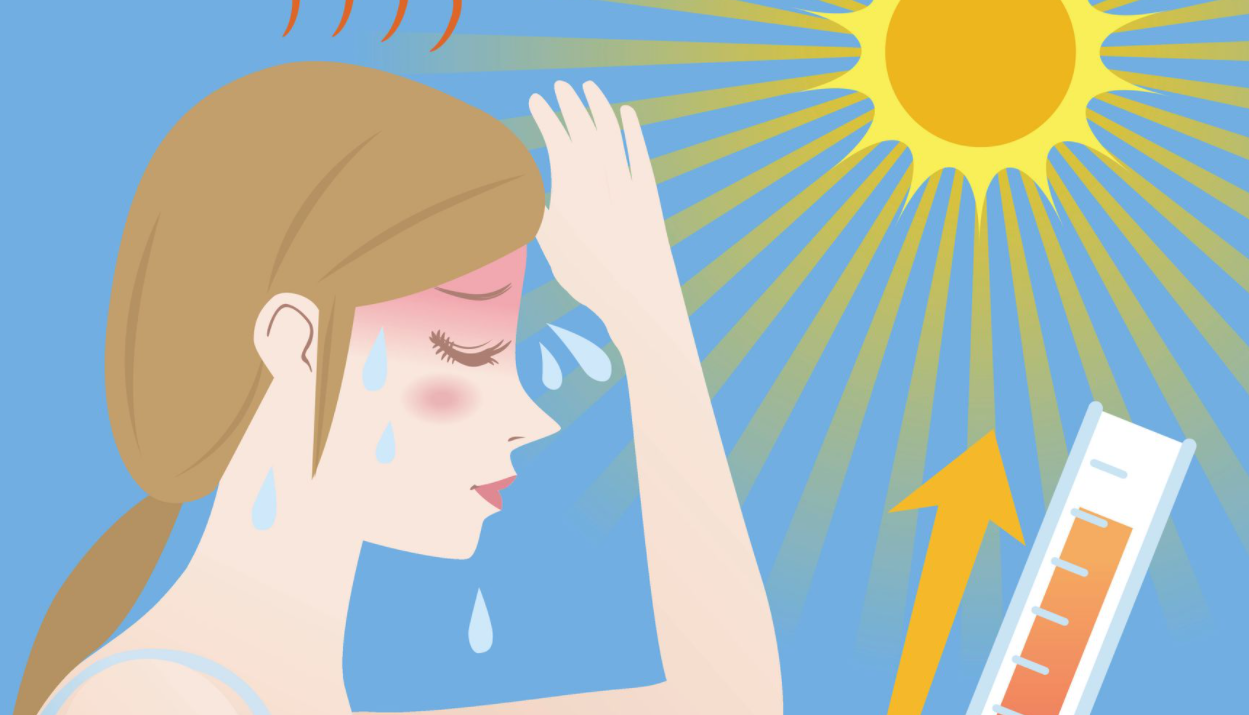Welcome to our deep dive into a silent yet pervasive health issue in many homes and buildings – the presence of mould and its impact on respiratory health. Mould, a common yet often overlooked problem, can lurk in the corners of our living spaces, growing silently and impacting our health in ways we might not immediately recognize. This blog post aims to shed light on the crucial link between mould exposure and respiratory issues, a growing important topic in our quest for healthier living environments.
Understanding the nature of mould, how it thrives, and its impact on our health is a matter of curiosity and a necessary step in safeguarding our well-being. In this post, we will explore not only the detrimental effects of mould on respiratory health but also emphasise the power of prevention. A significant part of this prevention strategy hinges on an often-underestimated hero: waterproofing. By delving into how effective waterproofing can be a frontline defence against mould, we aim to provide you with practical knowledge and actionable steps to protect your home and health.
Join us as we navigate through the intricacies of mould prevention, focusing on waterproofing solutions, and offer insights into maintaining a mould-free, healthy living environment. Whether you’re a homeowner, renter, or just someone interested in health and housing, this post is tailored to equip you with the information you need about mould and its impact on respiratory health.

Understanding Mould
Mould is a type of fungus that comprises small organisms found almost everywhere. It comes in various colours – black, white, orange, green, and purple – and thrives on moisture. Mould plays a crucial role in nature by breaking down dead leaves, plants, and trees. However, it becomes a health hazard when it finds its way into our homes.
Mould reproduces through tiny, lightweight spores that travel through the air. In homes, mould commonly grows in damp, warm, and humid environments. Common areas where mould thrives include basements, bathrooms, kitchens, laundry rooms, and areas with poor ventilation. It can grow on many surfaces like walls, ceilings, carpet, furniture, and even in HVAC systems. Essentially, any area prone to moisture exposure is a potential hotspot for mould growth.
The key types of mould found in homes include Aspergillus, often found on food and in air conditioning systems; Cladosporium, which prefers fabrics and wood surfaces; and Stachybotrys, commonly known as ‘black mould’, which thrives on water-damaged building materials. Each type has its peculiarities, but all pose health risks, especially when they grow unchecked.
Mould and Respiratory Health
The link between mould and respiratory health is a significant concern. Mould spores, when inhaled, can cause allergic reactions and respiratory problems. These reactions are particularly prevalent in individuals with mould sensitivity or allergies. The common symptoms include sneezing, runny nose, red eyes, and skin rash. Asthma attacks can also be triggered in asthmatics when exposed to mould.
Certain populations are more at risk when it comes to mould exposure. Children, older adults, and those with existing respiratory problems such as asthma or chronic lung diseases are more prone to health complications from mould. Moreover, individuals with compromised immune systems have an increased risk of lung infections caused by mould.
The long-term mould exposure can have more serious health implications. Prolonged exposure can lead to chronic respiratory conditions and, in severe cases, affect the immune system. These impacts underline the need for prompt and effective action in managing and preventing mould growth in living spaces.
Prevention is Key
The prevention of mould growth is vital for maintaining good health. Keeping your home dry and well-ventilated is the first defence against mould. Ensuring proper ventilation is essential, especially in high-moisture areas like kitchens and bathrooms. The use of dehumidifiers and air conditioners during humid months helps in reducing indoor humidity levels, ideally to between 30-50%.
Regular cleaning and maintenance of areas prone to moisture accumulation can significantly reduce the risk of mould growth. This includes routinely checking pipes and under sinks for leaks, cleaning and drying after floods, and ensuring that your home has good air circulation. Simple practices like using exhaust fans in bathrooms and kitchens, opening windows when the weather permits, and keeping the home clean and dry make a substantial difference.
Remember, mould prevention is an ongoing process. Regular inspections and maintenance of your home are crucial in keeping it mould-free. By understanding mould, its impact on health, and the importance of prevention, you can create a healthier and safer living environment.
Waterproofing as a Mould Prevention Strategy
Waterproofing is a critical method for preventing mould growth in buildings. It involves applying techniques and materials to prevent water penetrating the building’s envelope. When water cannot enter, it significantly reduces the moisture levels within the structure, thus curtailing the ideal conditions mould needs to thrive.
Waterproofing works by creating a barrier over surfaces that are susceptible to water damage. This barrier prevents moisture from seeping into the building materials where mould can grow. Common waterproofing methods include using sealants, membranes, coatings, and physical barriers. These materials vary in application and effectiveness depending on the area of use and the extent of exposure to moisture.
Different waterproofing materials serve different purposes. For instance, silicone-based sealants are ideal for sealing small cracks and joints, while polyurethane or acrylic coatings are used for larger surfaces. Waterproof membranes, often used in basements and roofs, offer a more robust solution for areas with high moisture exposure.

Practical Tips for Waterproofing Your Home
Waterproofing your home is a proactive step in mould prevention. Here’s a step-by-step guide to waterproofing critical areas:
- Bathrooms and Kitchens: Apply sealants around sinks, bathtubs, and toilets. Ensure that grout lines in tiles are intact and apply a waterproof membrane in areas prone to water exposure.
- Basements: Use waterproof paints or sealers on interior basement walls. Consider installing a sump pump or French drain if water accumulation is an issue.
- Roofs and Attics: Inspect and repair any damaged shingles or roofing materials regularly. Ensure that gutters and downspouts are clean and direct water away from the foundation.
When selecting waterproofing materials, consider factors like the area’s moisture exposure, the material of the surface being waterproofed, and the longevity of the solution. Sometimes, it may be prudent to consult a professional waterproofer, especially for large-scale or complex waterproofing needs.
Maintenance and Regular Checks
Regular maintenance is crucial in preventing mould. Inspect your home periodically for signs of moisture, especially after heavy rains or in naturally damp areas. Look for peeling paint, damp spots, and cracks, which can indicate failing waterproofing.
Establishing a schedule for routine waterproofing checks is advisable. This could be semi-annually or after significant weather events. Pay special attention to previously waterproofed areas to ensure they remain effective.
In this post, we’ve explored the link between mould and respiratory health, emphasising the importance of understanding mould, its impact, and most importantly, how to prevent it. Waterproofing emerges as a key strategy in this battle against mould, providing a tangible solution to maintaining a healthy living environment.
The role of waterproofing in mould prevention cannot be overstated. You can significantly reduce the risk of mould growth by taking proactive measures, regularly maintaining your home, and staying vigilant against moisture. We encourage you to assess your home and consider implementing waterproofing solutions where necessary. Remember, the health of your home directly impacts your health. Take action today to ensure a mould-free and healthier tomorrow.…


















